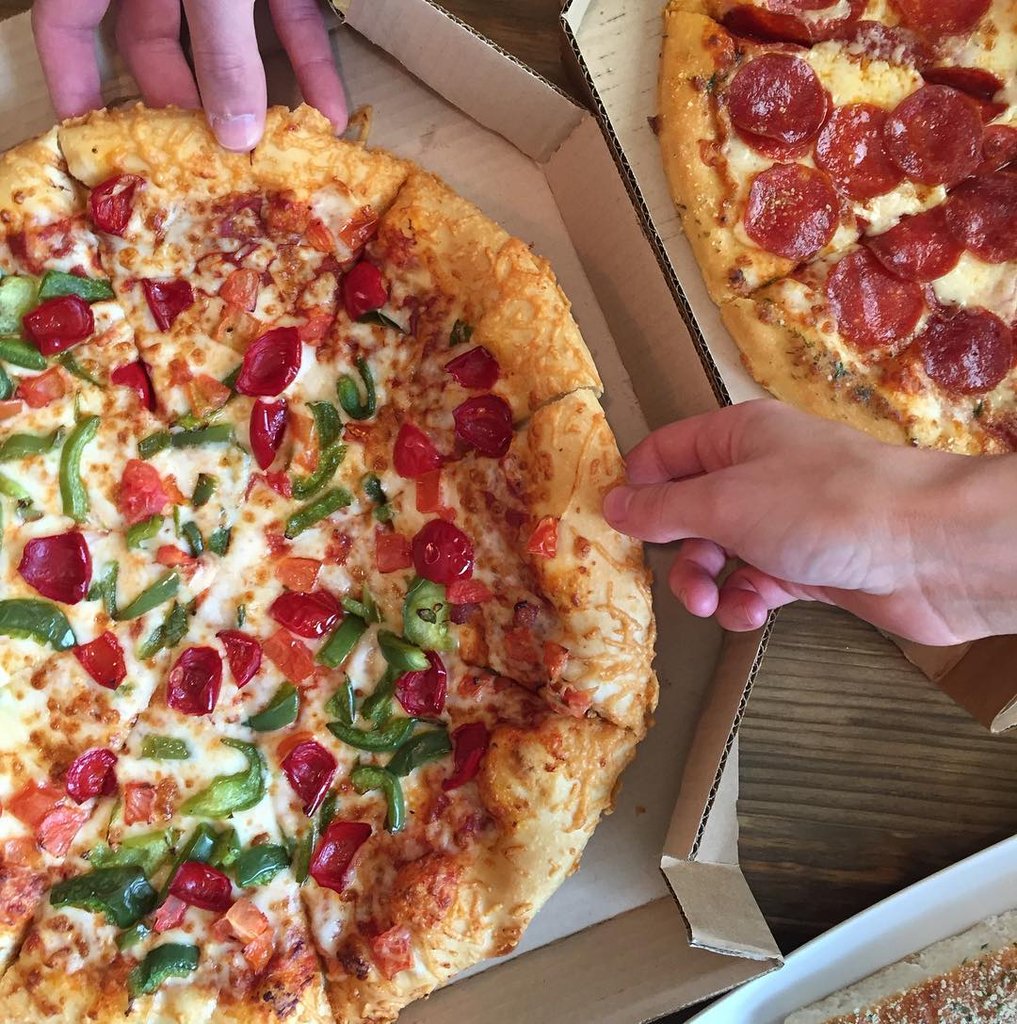Is Ordering Gluten-Free the Healthier Option?
Eighteen months ago, Ahmed Yearwood chose to go gluten-free. “A couple of years earlier, I’d surrendered processed foods and felt great,” the 41-year-old business owner reviews. “I figured cutting out gluten would improve me feel even better. Everybody told me I’d have more vitality and lose weight.” He lasted less than a month. “Everything was rice this and rice that—it was way was far excessively prohibitive,” he says. “And I didn’t feel any unique healthwise than I did some time recently.” Yearwood returned to his former dietary patterns. “A portion of the grains I eat have gluten, yet regardless I still feel stunning.”
“A gluten-free eating routine is a diet that does not include gluten, a protein found in wheat, rye, and barley,” says RD, Tricia Thompson, a dietitian situated in Manchester, Mass., who concentrates on creating gluten-free eating programs for individuals with celiac disease. “It is a medically prescribed diet for individuals with celiac ailment and non-celiac gluten sensitivity.”
Individuals who are delicate to gluten may have gastrointestinal trouble to shifting degrees as well as joint skin rashes and pain. Thompson says that many individuals are living with some level of gluten affectability but have never been analyzed, which is why you may have heard from friends that they felt much better after removing the gluten out of their eating routine.
. Gluten-free is not more nutritious
A fourth of the general population in our survey thought gluten-free foods have a greater number of vitamins and minerals than other foods. But a recent Consumer Reports review of 81 items free of gluten crosswise over 12 categories revealed that they’re a mixed bag in terms of nutrition. “If you go totally gluten-free without the direction of a nutritionist, you can develop deficiencies pretty quickly,” cautions Laura Moore, R.D., a dietitian at the University of Texas Health Science Center at Houston. Numerous without gluten foods aren’t advanced or fortified with nutrients, for example, folic iron and acid; the products that contain wheat flours are.
. Benefits to eating gluten-free:
Individuals who are gluten sensitive will get help from symptoms.
You’ll appreciate all the more whole-grain choices and other gluten-free foods. “There is a wide assortment of gluten-free grains that are healthful,” Thompson says. Search for quinoa, amaranth, millet, and rice, to give some examples.
Gluten-free flours produced using fixings like almonds, quinoa, and beans offer up unique nutritional advantages and are certainly intelligent choices than bleached, white flour in baked goods.



Facebook Comments